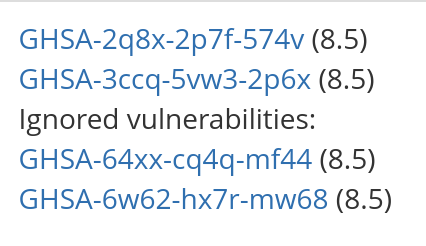ok so it’s a terminology issue I guess. For me core extensions are XWiki core extensions (since there’s no notion of extensions nor core extensions in servlet container in general). What we see in the CL coming from servlet containers are not extensions, they are just JARs.
How will you differentiate the real core extensions (ie from XWiki), from the fake core extensions (ie not from XWiki)? That was my question of the other day on matrix and why I said I didn’t understand what magic you were doing to differentiate them but I was happy that you had a way to separate them.

 (was worried that we were not understanding each other and that you were suggesting to mix stuff). Thanks, and sorry for the noise everyone.
(was worried that we were not understanding each other and that you were suggesting to mix stuff). Thanks, and sorry for the noise everyone.
